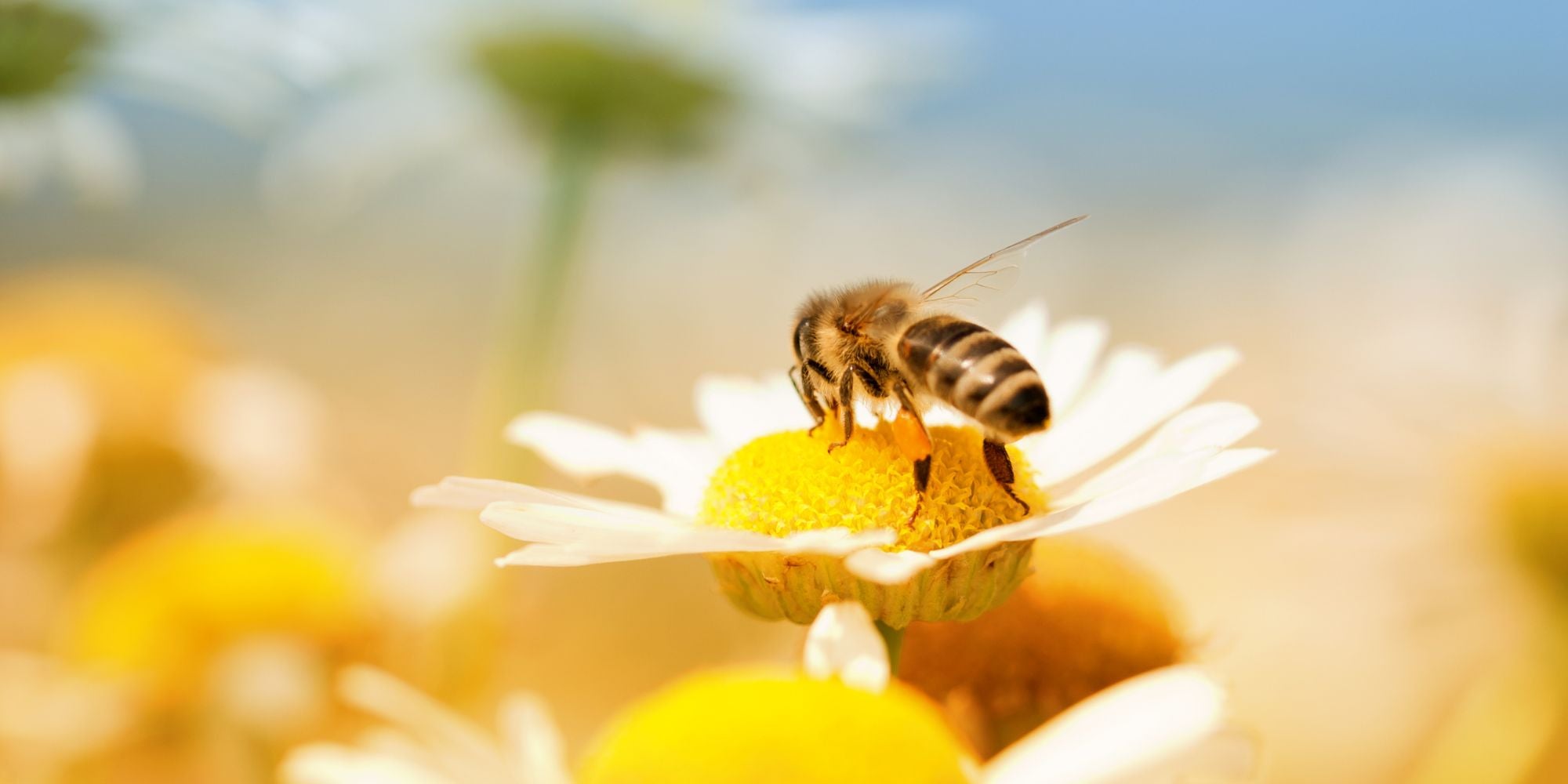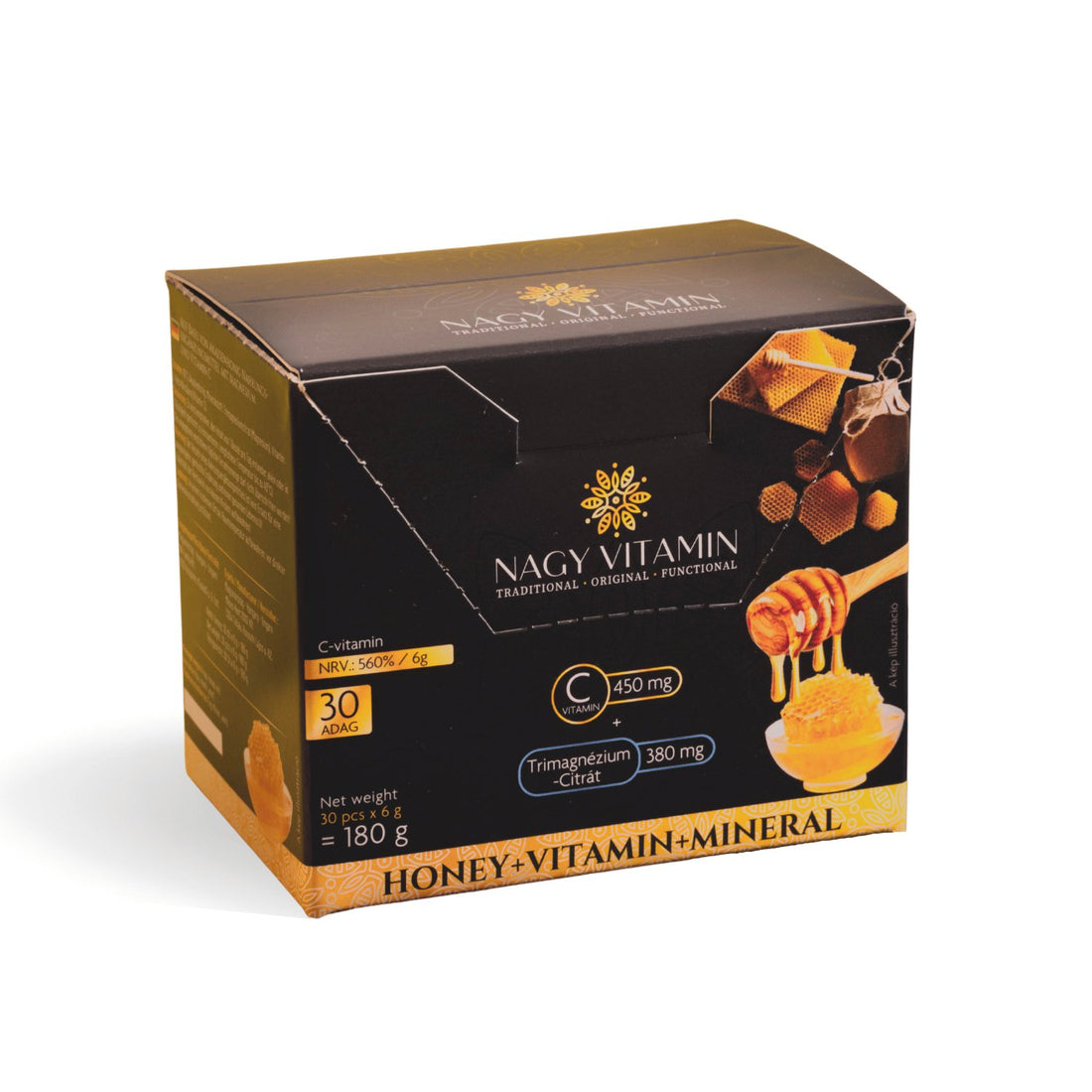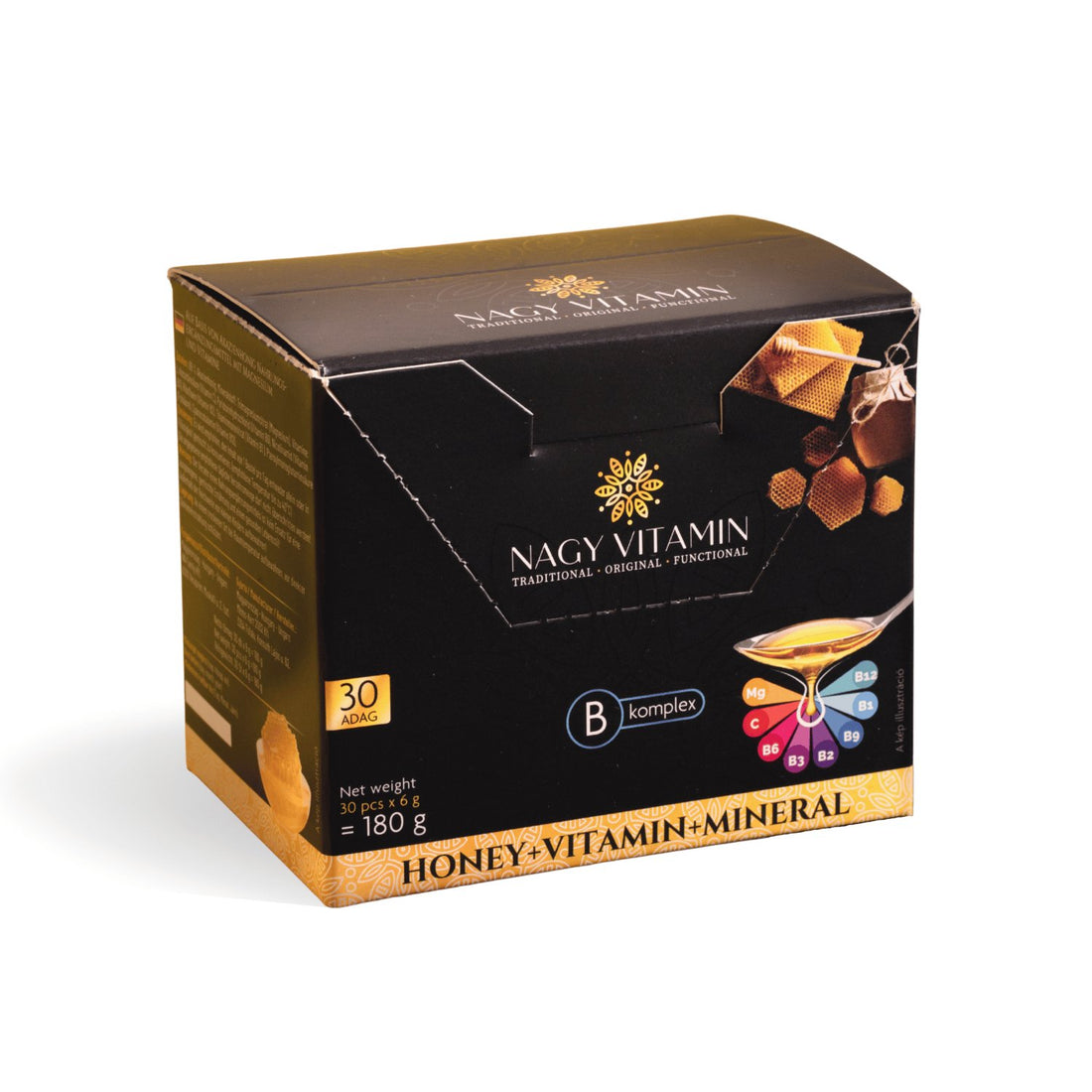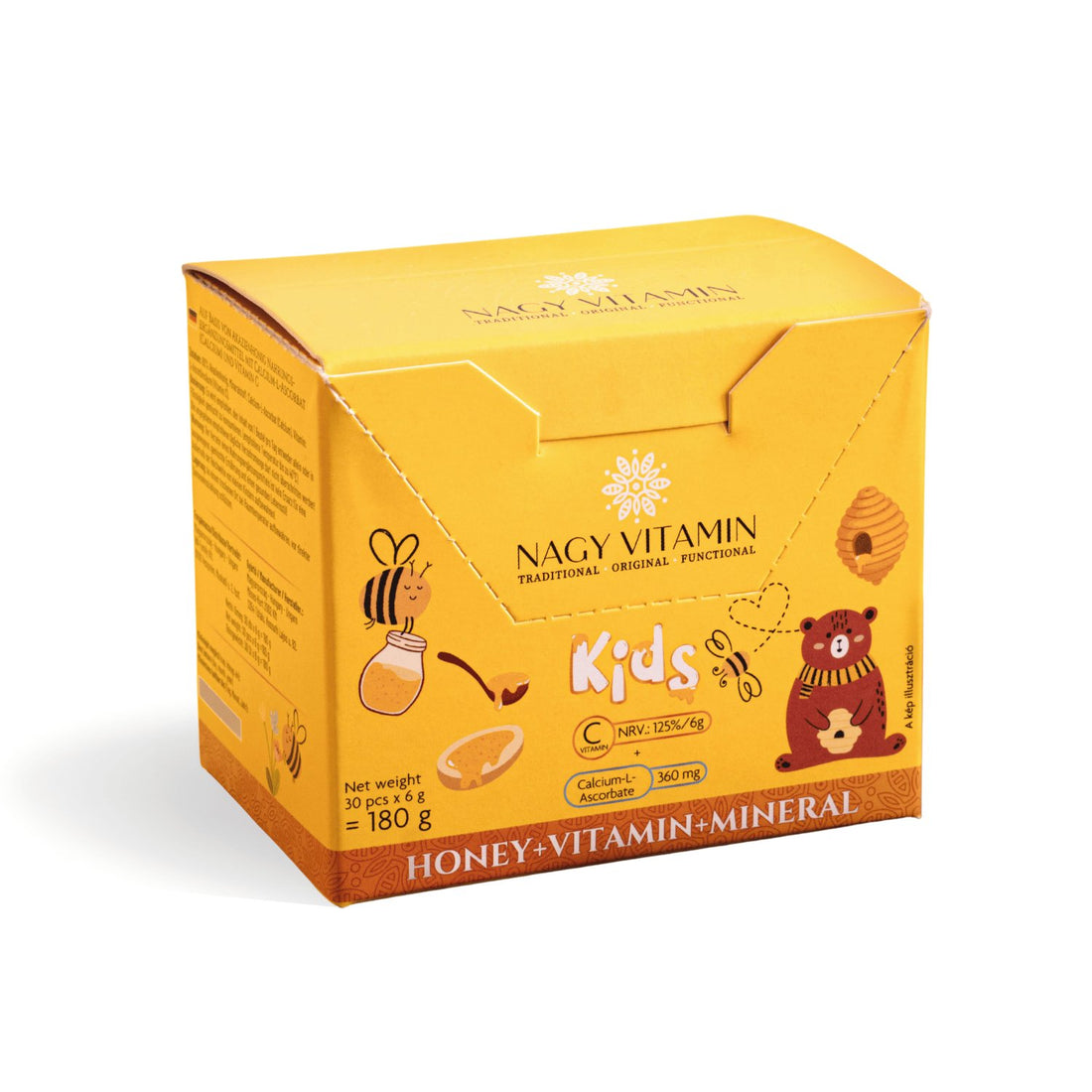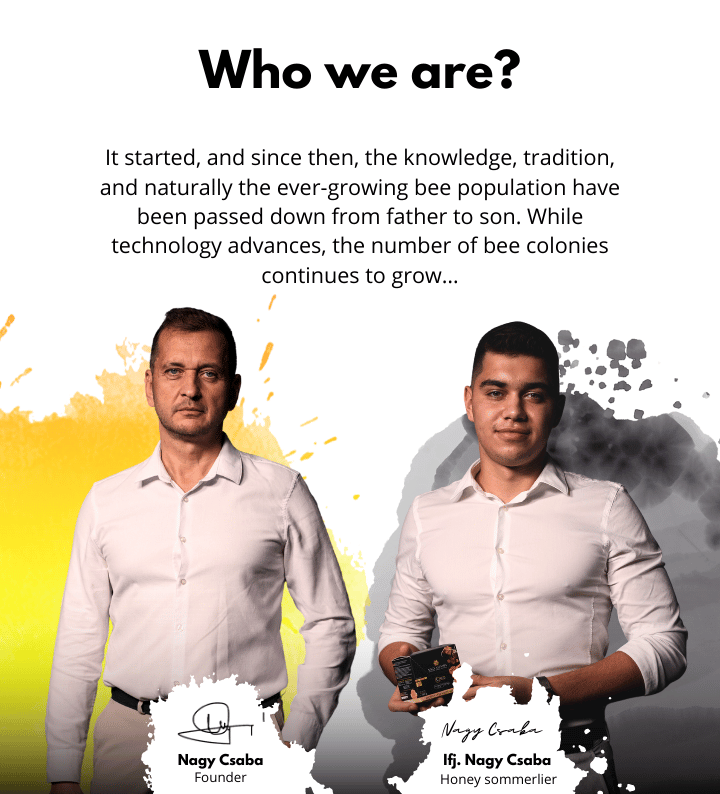Bees need three main food sources, all of which they derive from plants, but they use them for different purposes. Collecting, producing, and storing these are all their responsibilities, with the singular goal of maintaining the colony.
So, what exactly do bees eat?
You’ve probably encountered a bee buzzing around your fruit, soft drink, or any sugary food. While bees are undoubtedly attracted to sweet foods, these are not their primary source of nourishment—they are simply sweet, just like the food they actually consume.
As mentioned earlier, bees rely on three main food sources:
-
Nectar
-
Pollen
-
Honey
Nectar (a solution of sugar and water) and honey are practically the bees’ carbohydrate sources. These provide energy to carry out their natural life processes such as flying, building the hive, reproducing, and ensuring their habitat.
The worker bees, particularly the older ones, gather nectar and pollen. They collect pollen on their legs, where it sticks to the dense hairs (called “pollen baskets”), while nectar is stored in their honey stomachs. What the colony does not consume immediately, they process and store for times when food might be scarce. They also require water, as they need to maintain the moisture content in the stored honey, a responsibility they take seriously. Additionally, water is important for the development of young bees, and they collect water in their honey stomachs for that purpose as well.
With adequate food, worker bees can fly several kilometers. They typically collect food within a 1-2 km radius of the hive.
But what do bees eat in winter?
Bees survive the cold winter months by consuming the honey they stored in the hive. To keep the queen warm, the worker bees cluster around her and generate heat by vibrating their wings.
How much honey do they need in winter?
This largely depends on the weather, the hive’s insulation, and the temperature. Ideally, no human intervention is needed. On average, a colony will consume about 18-20 kg of honey over the winter.


